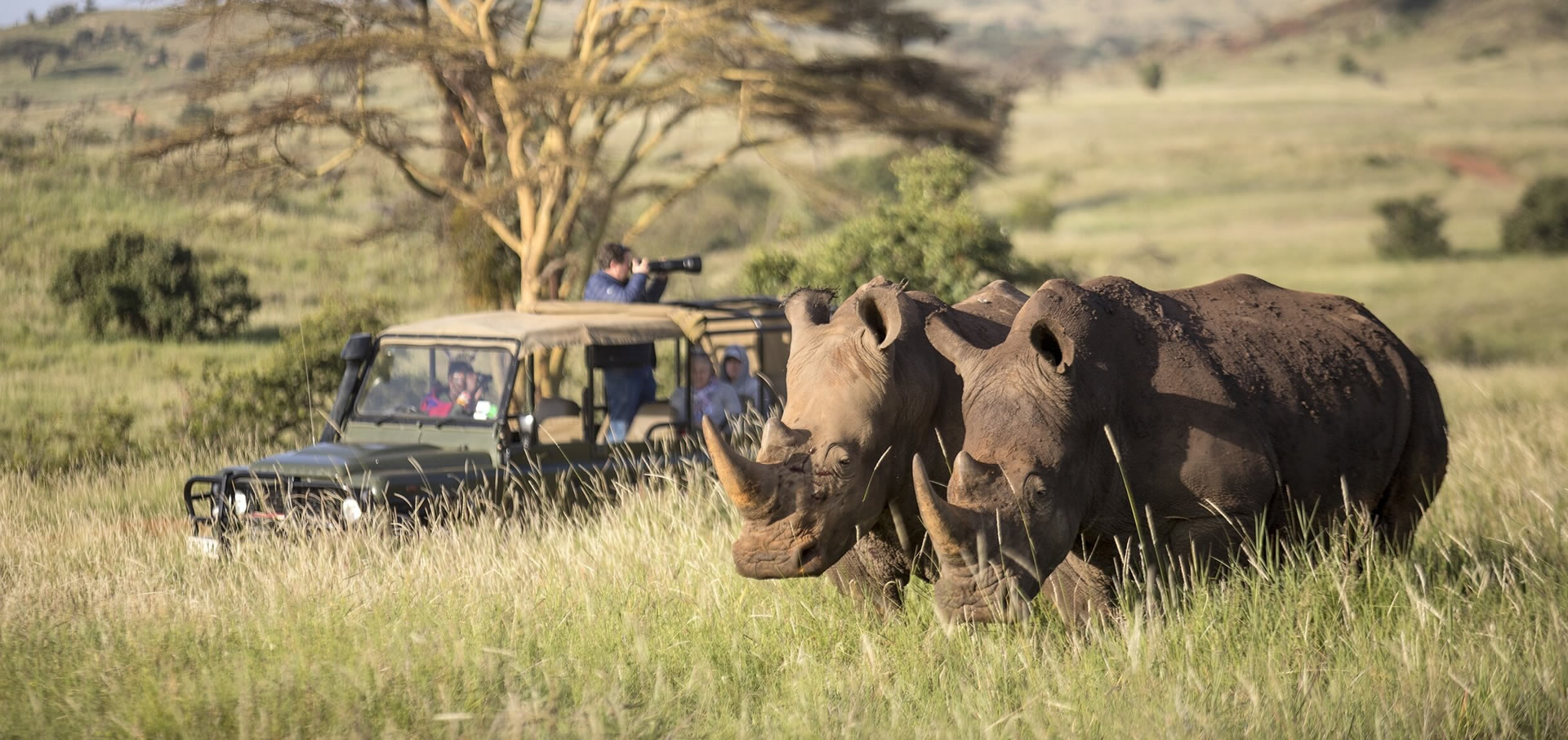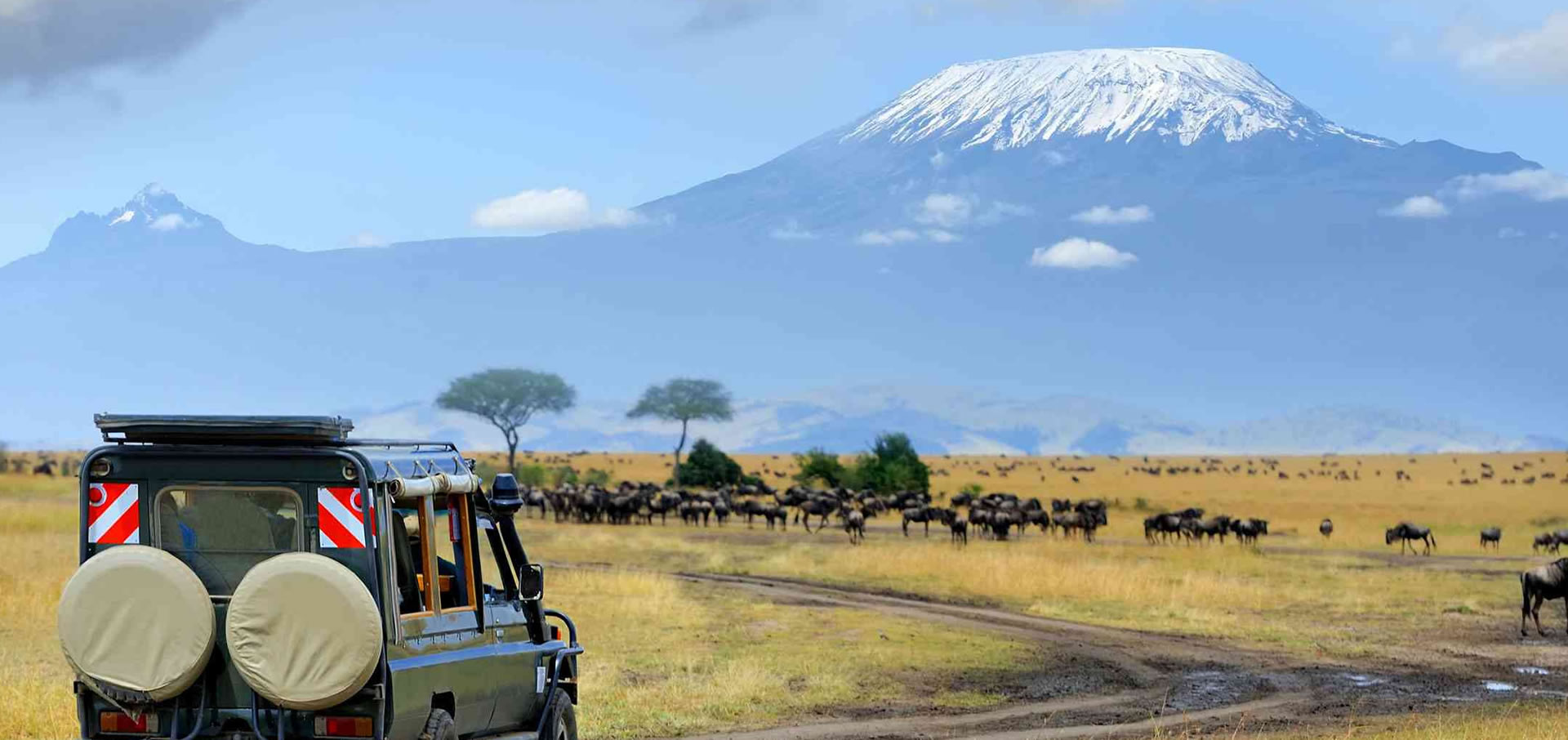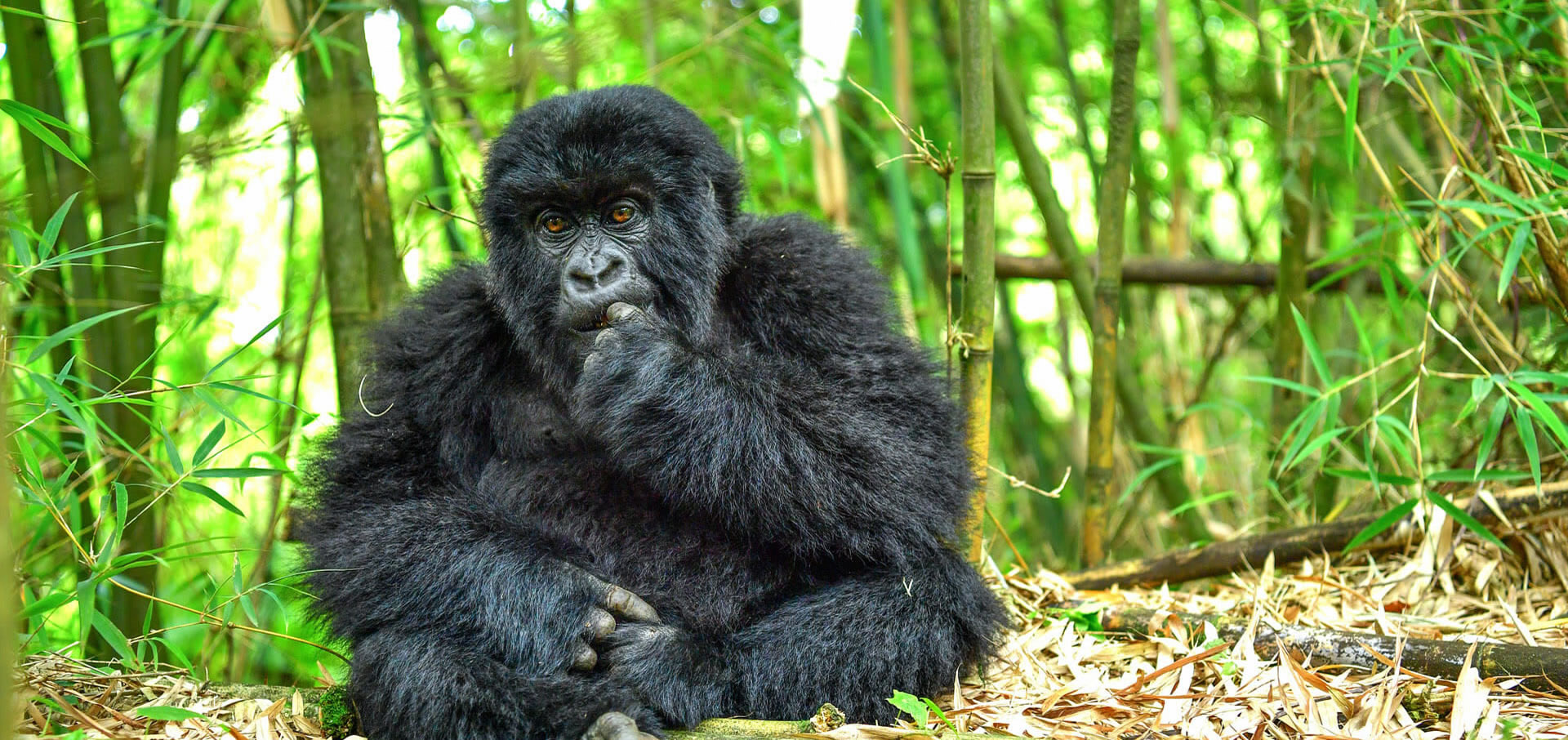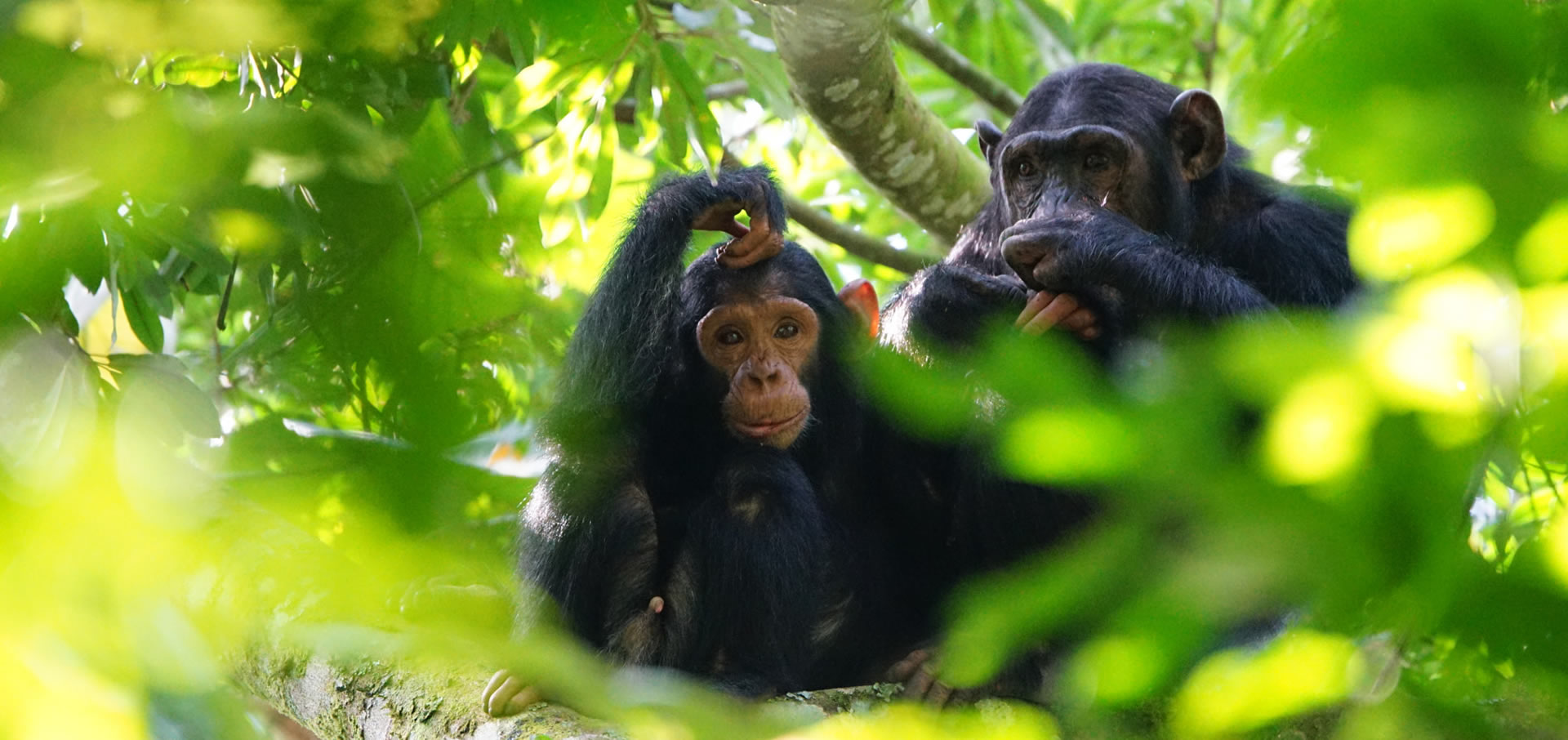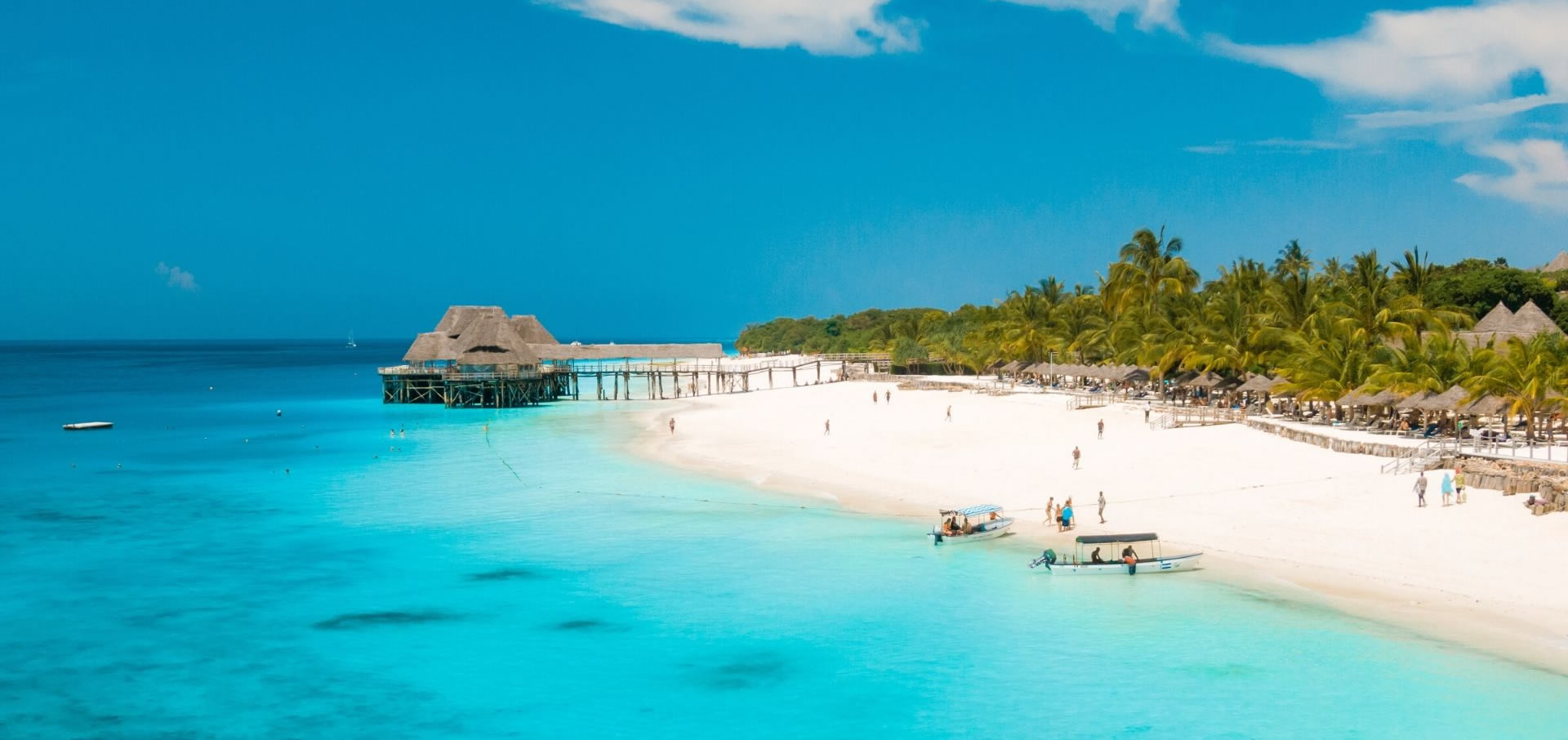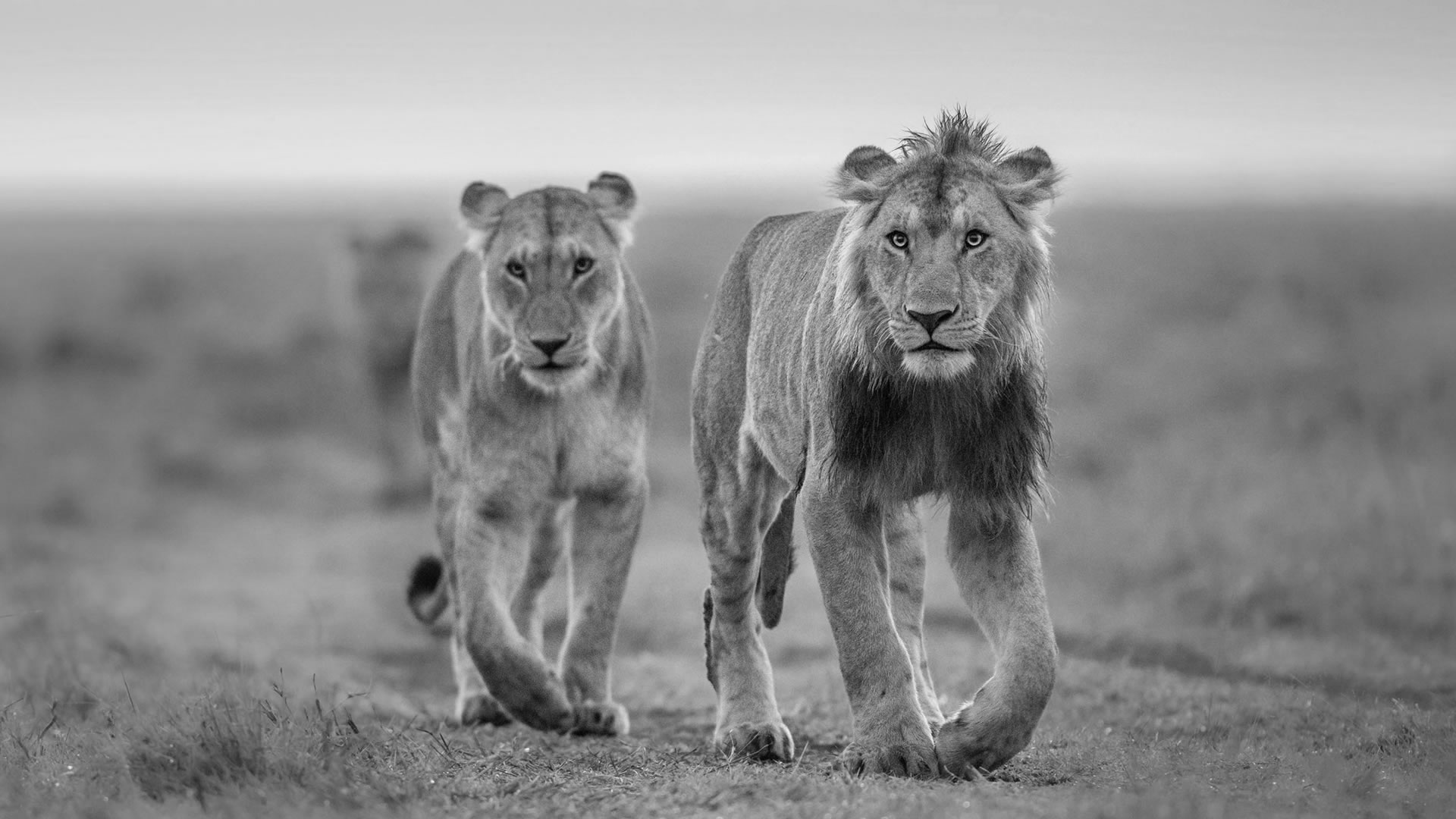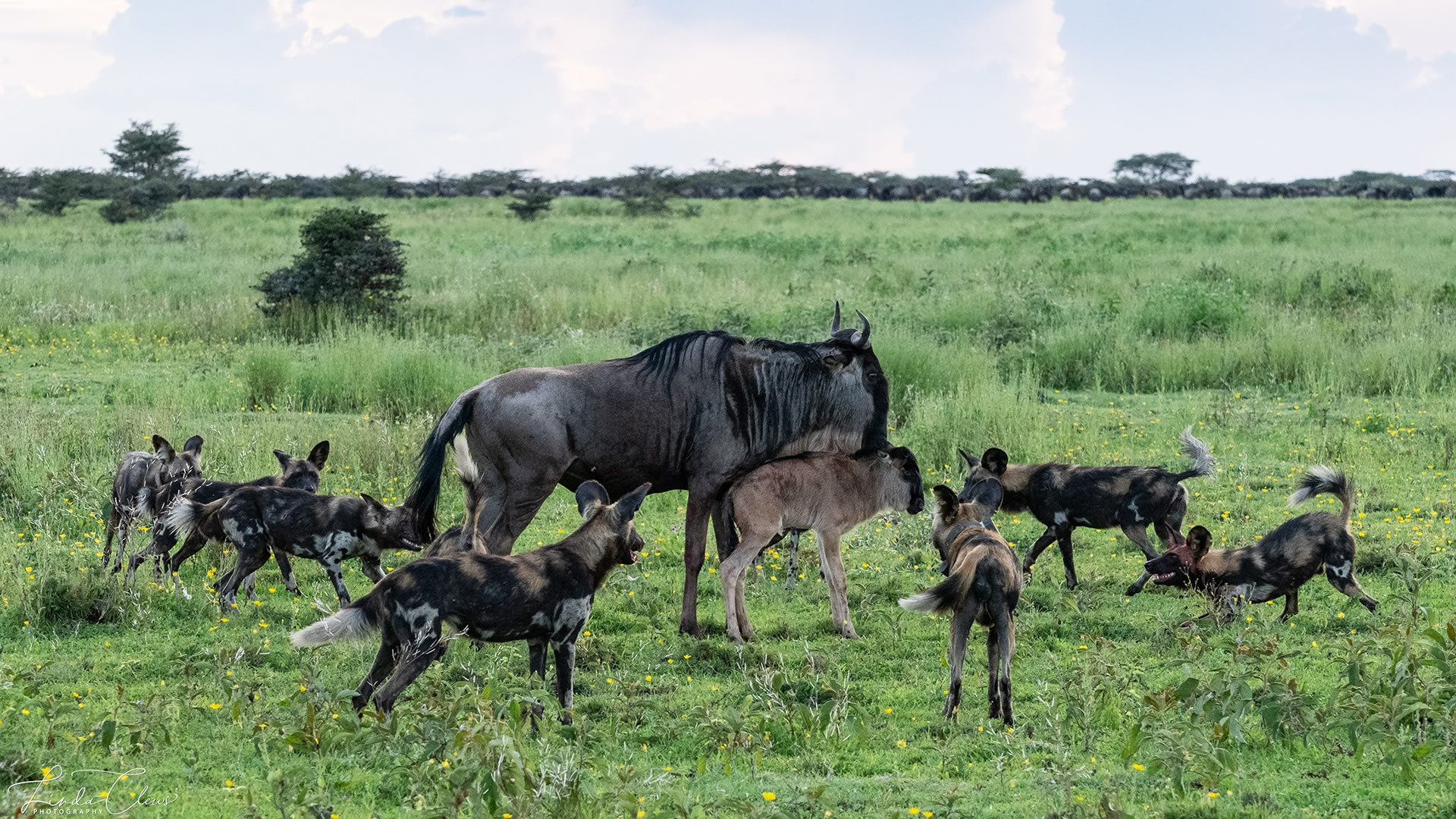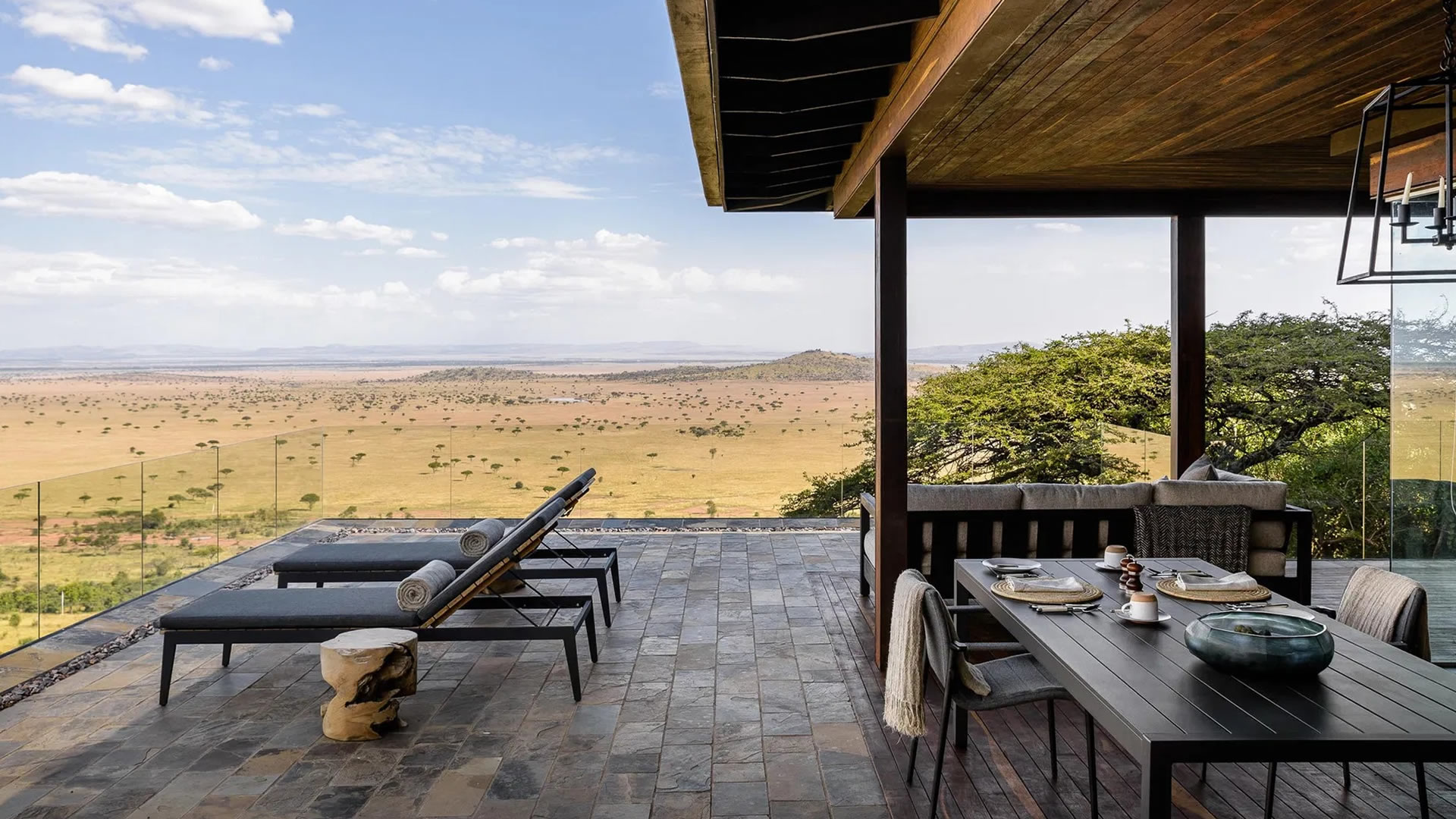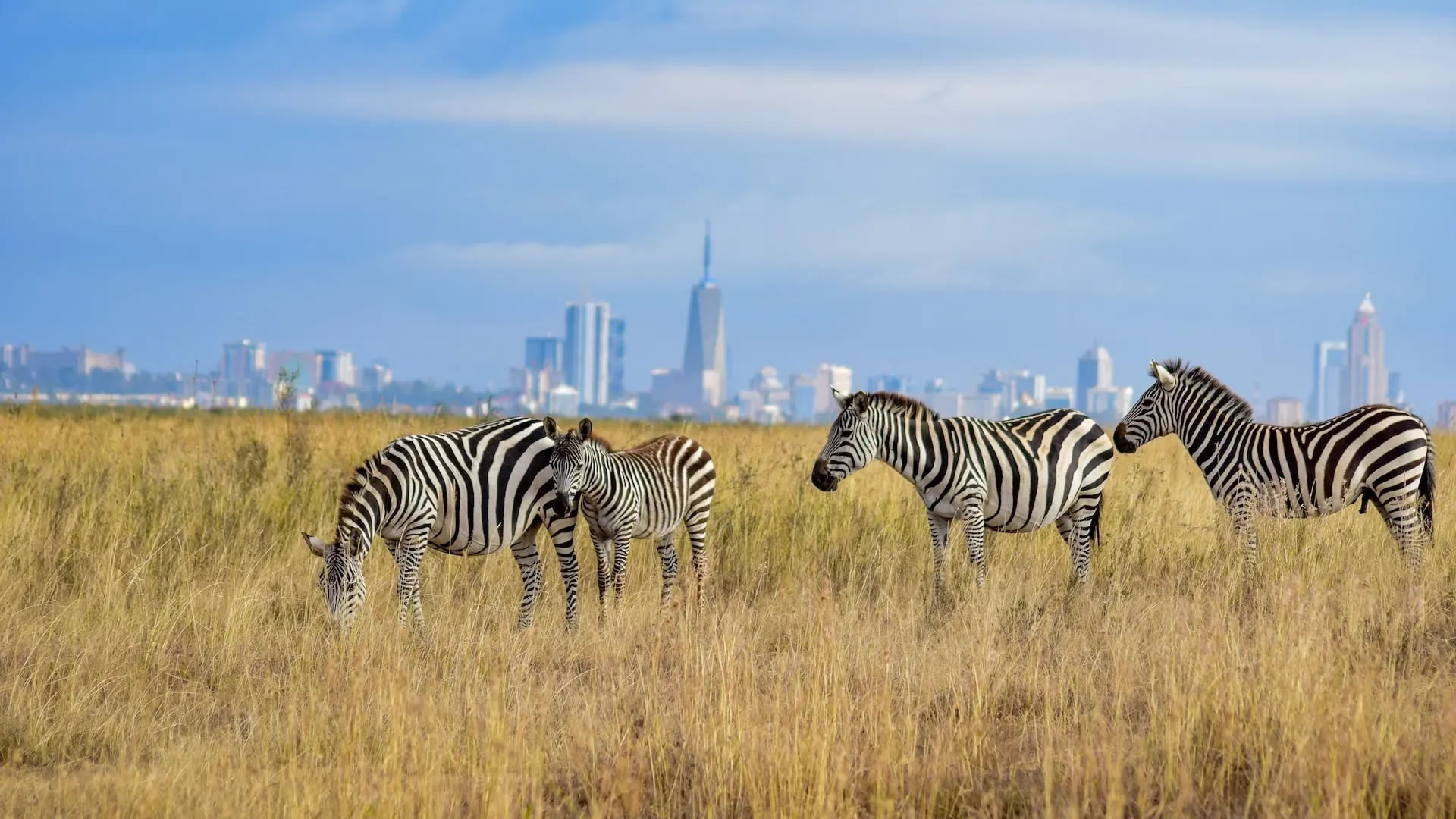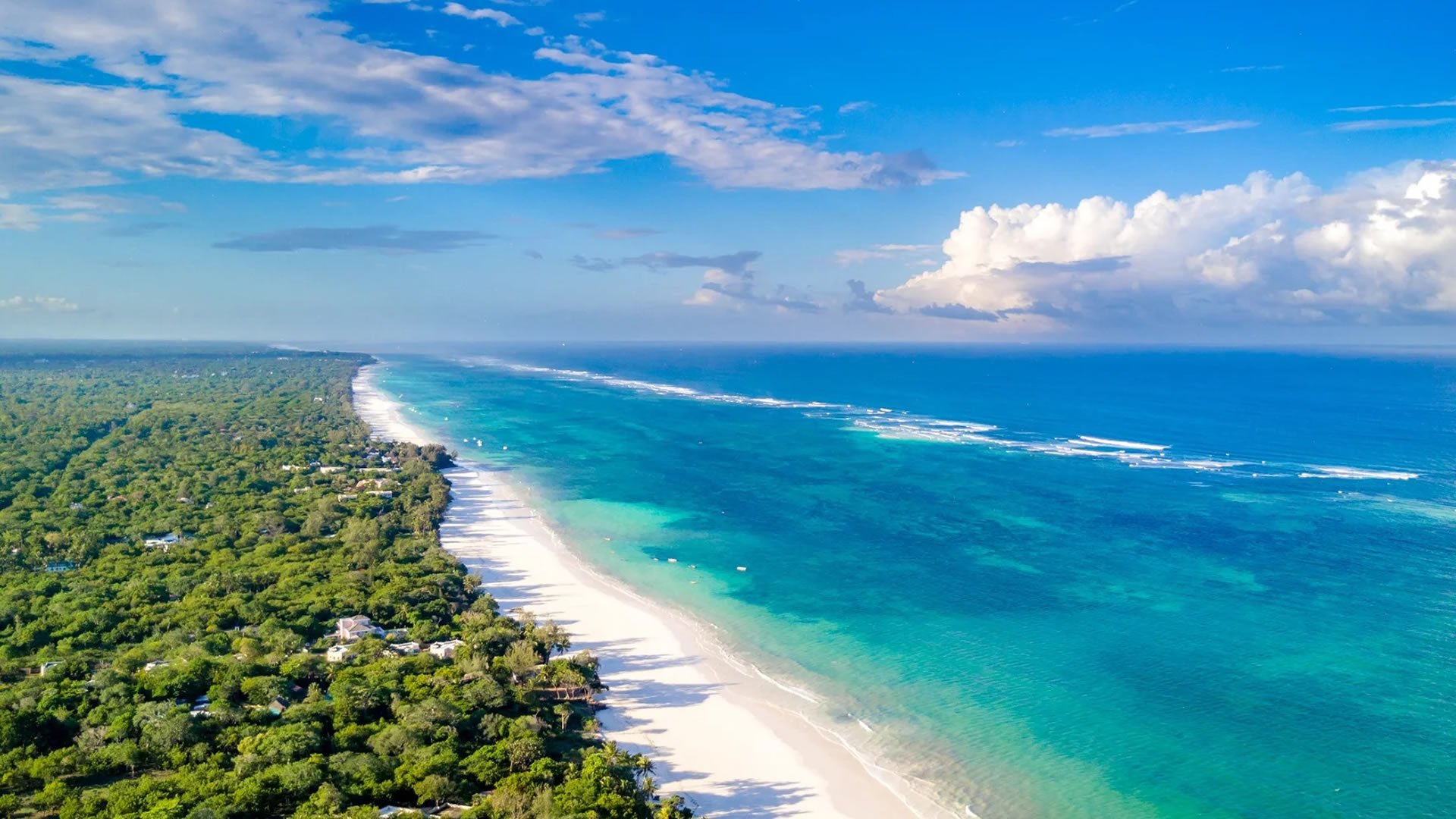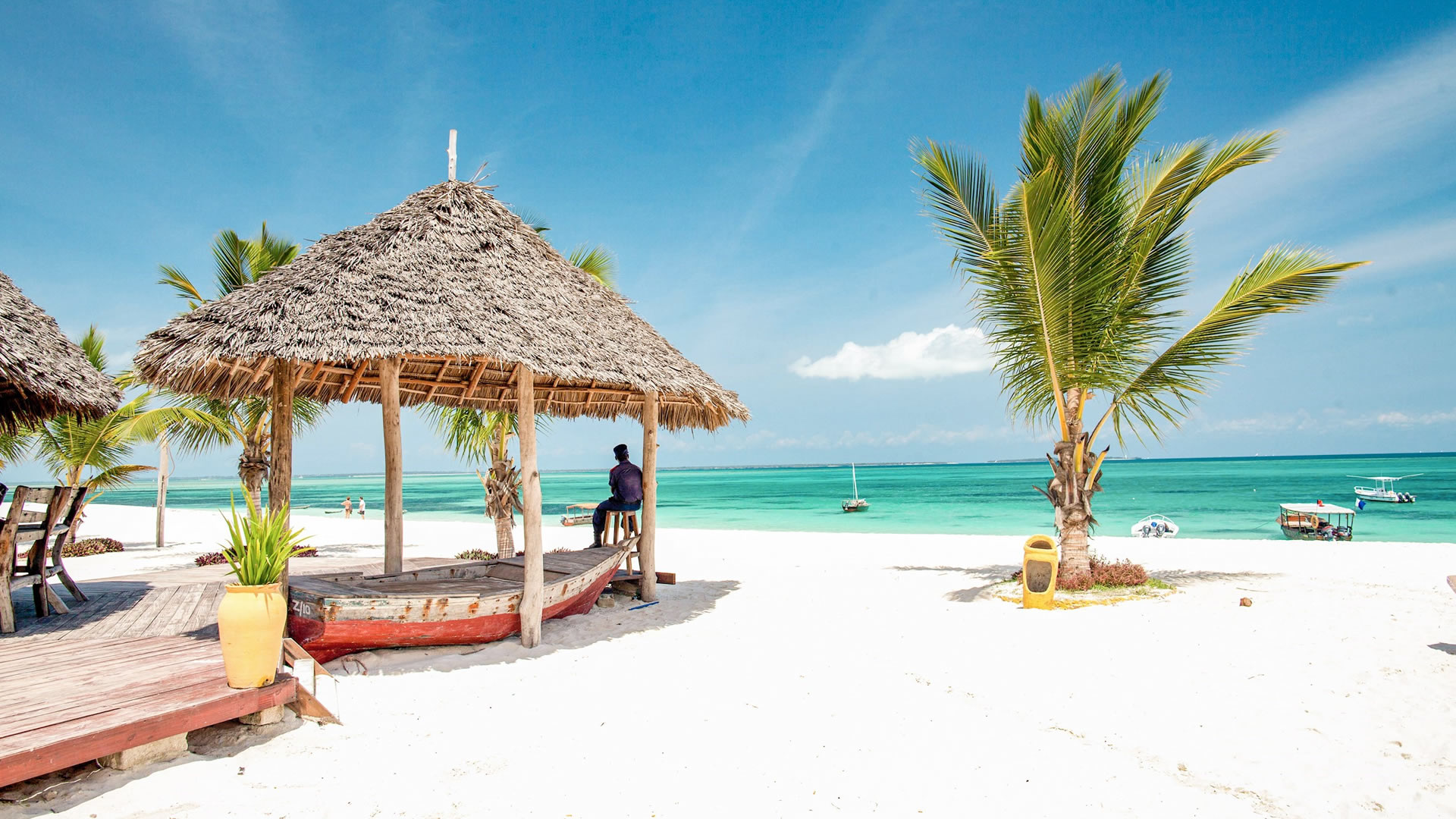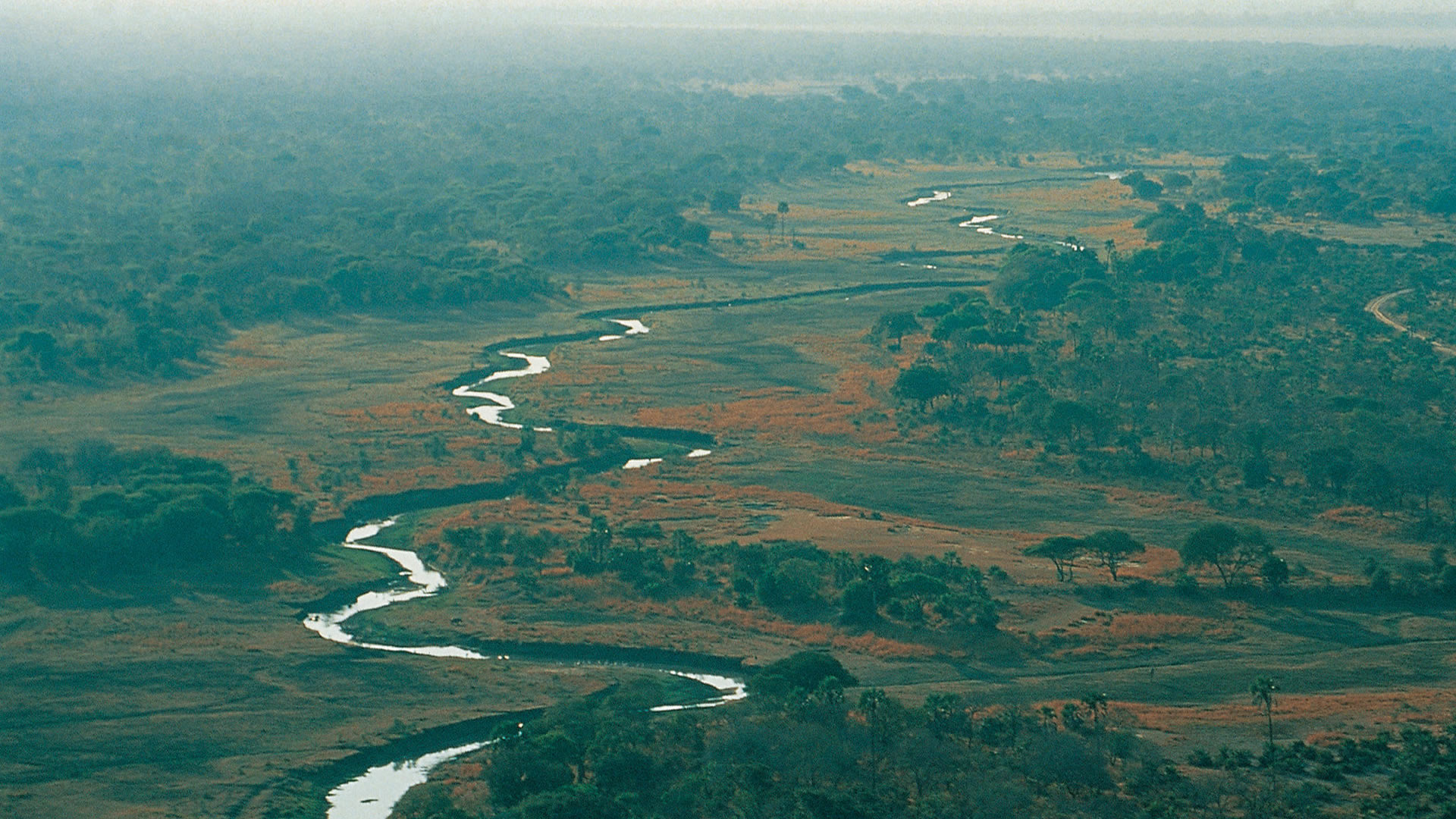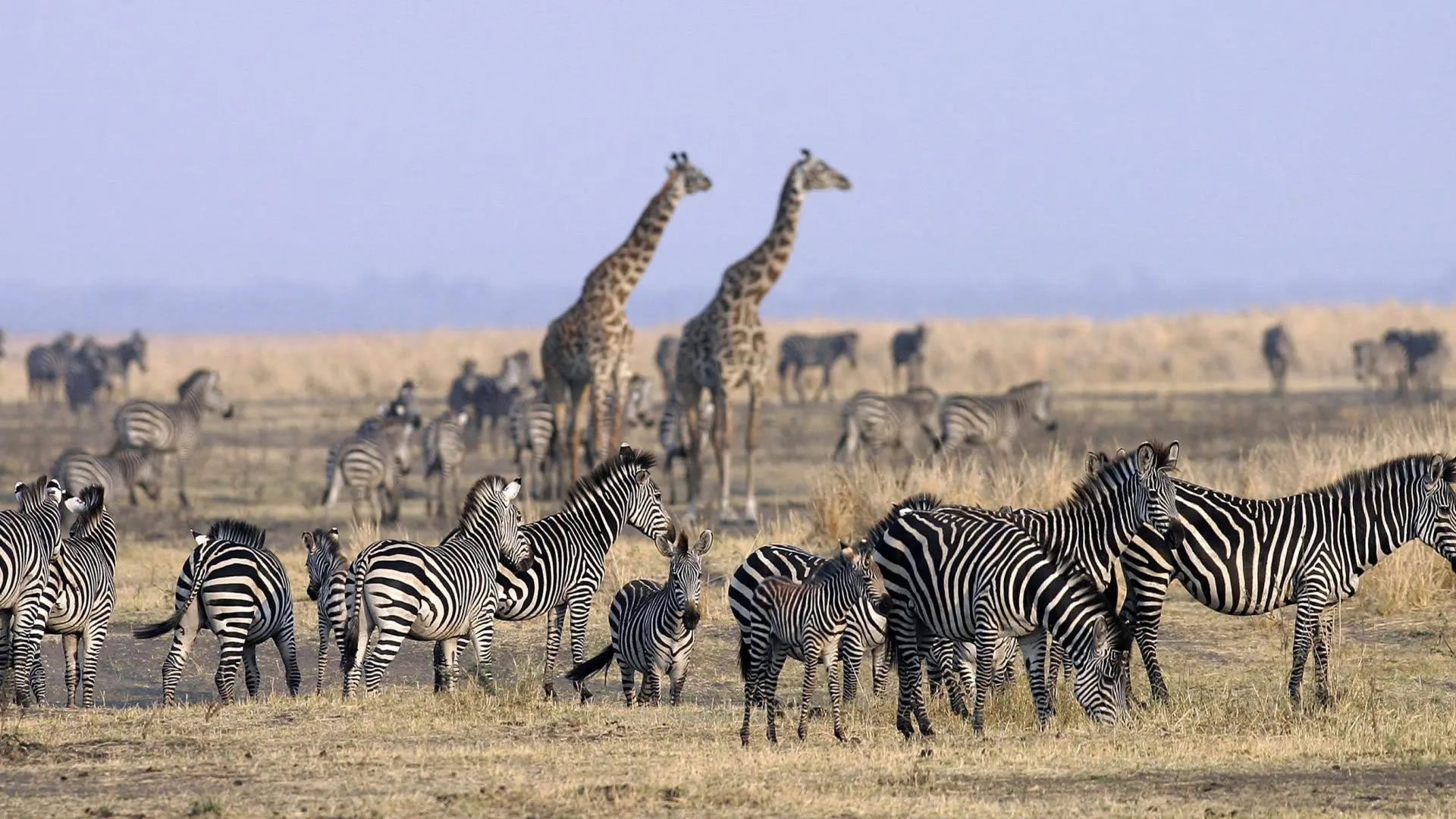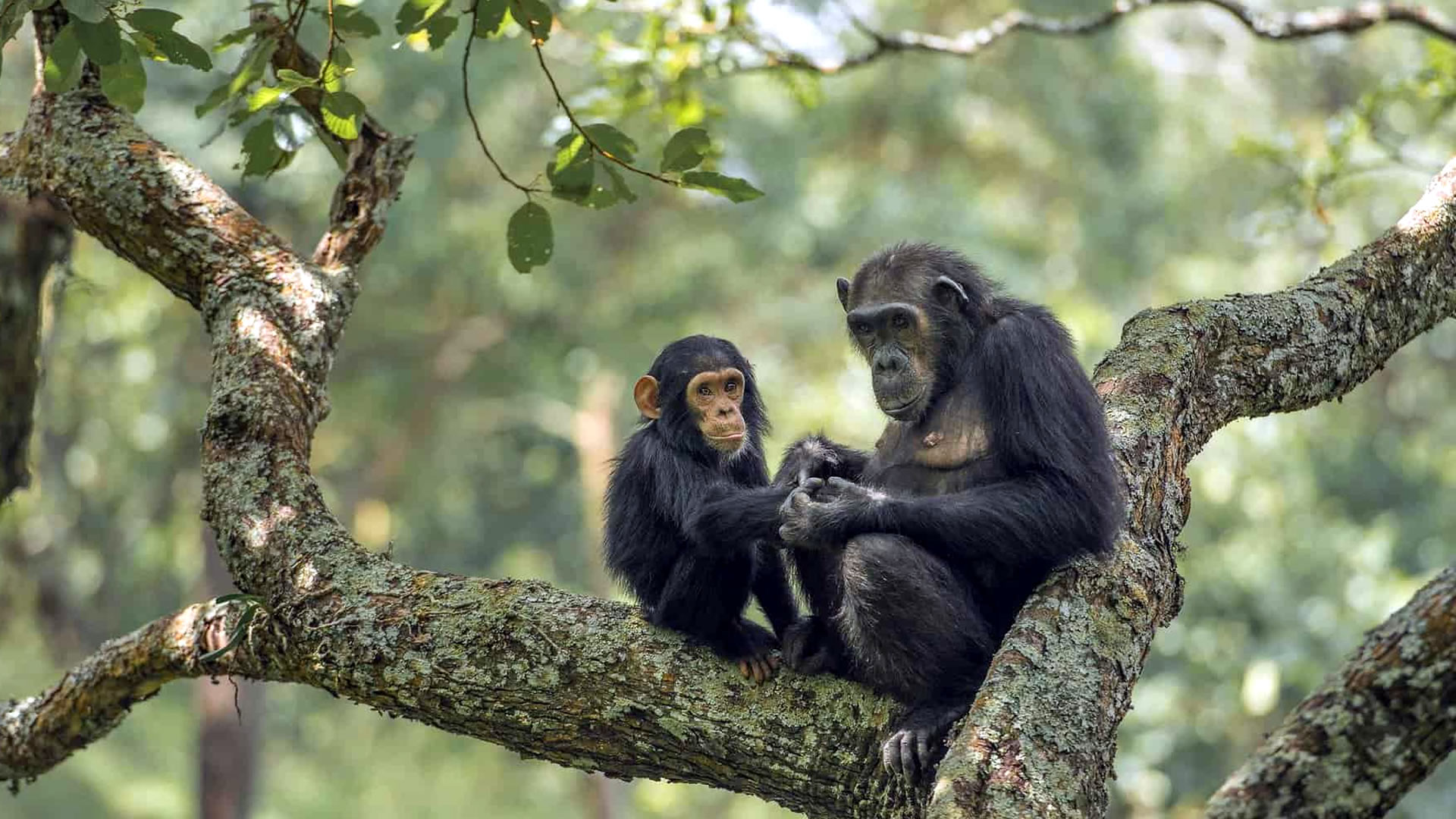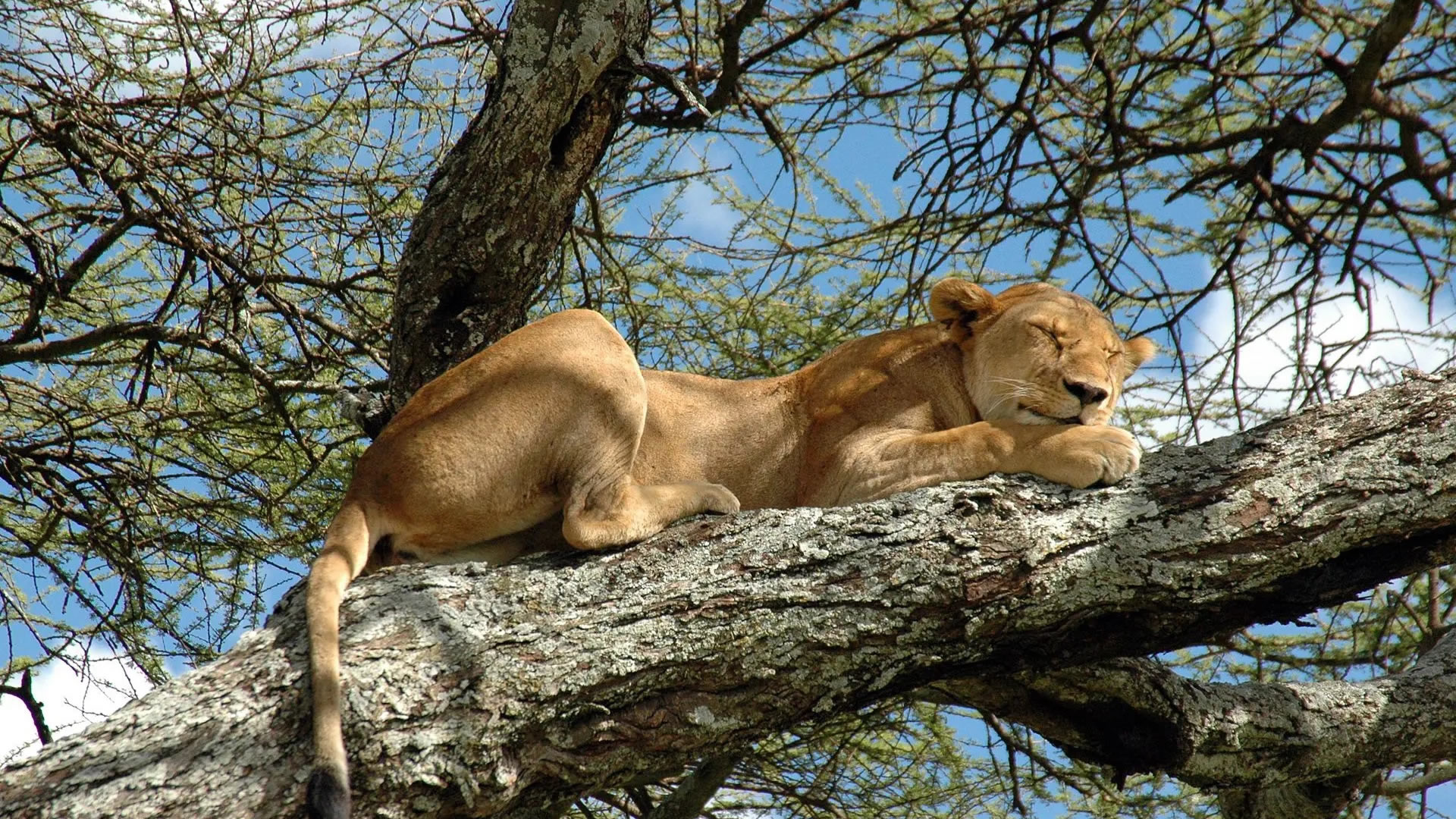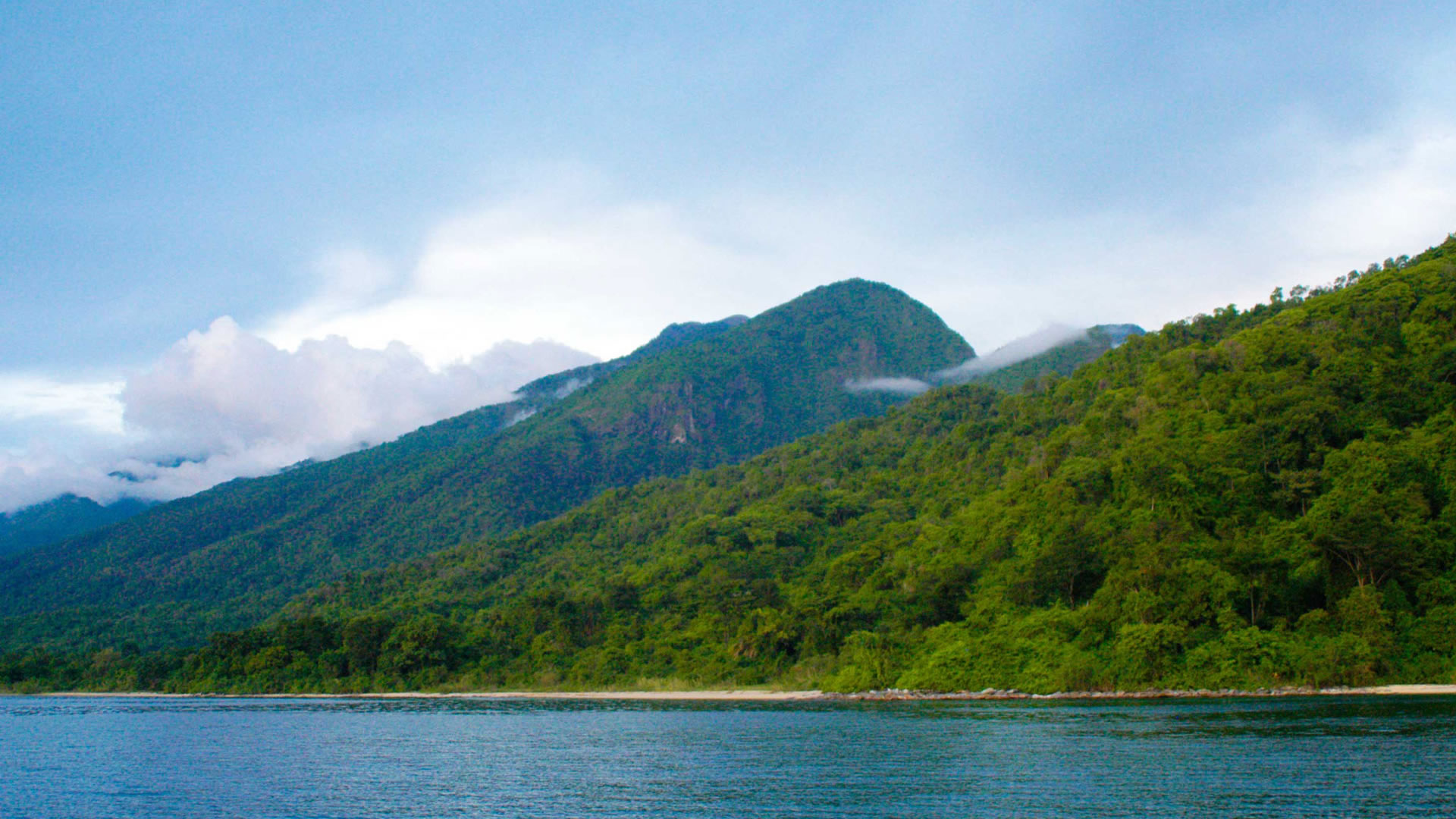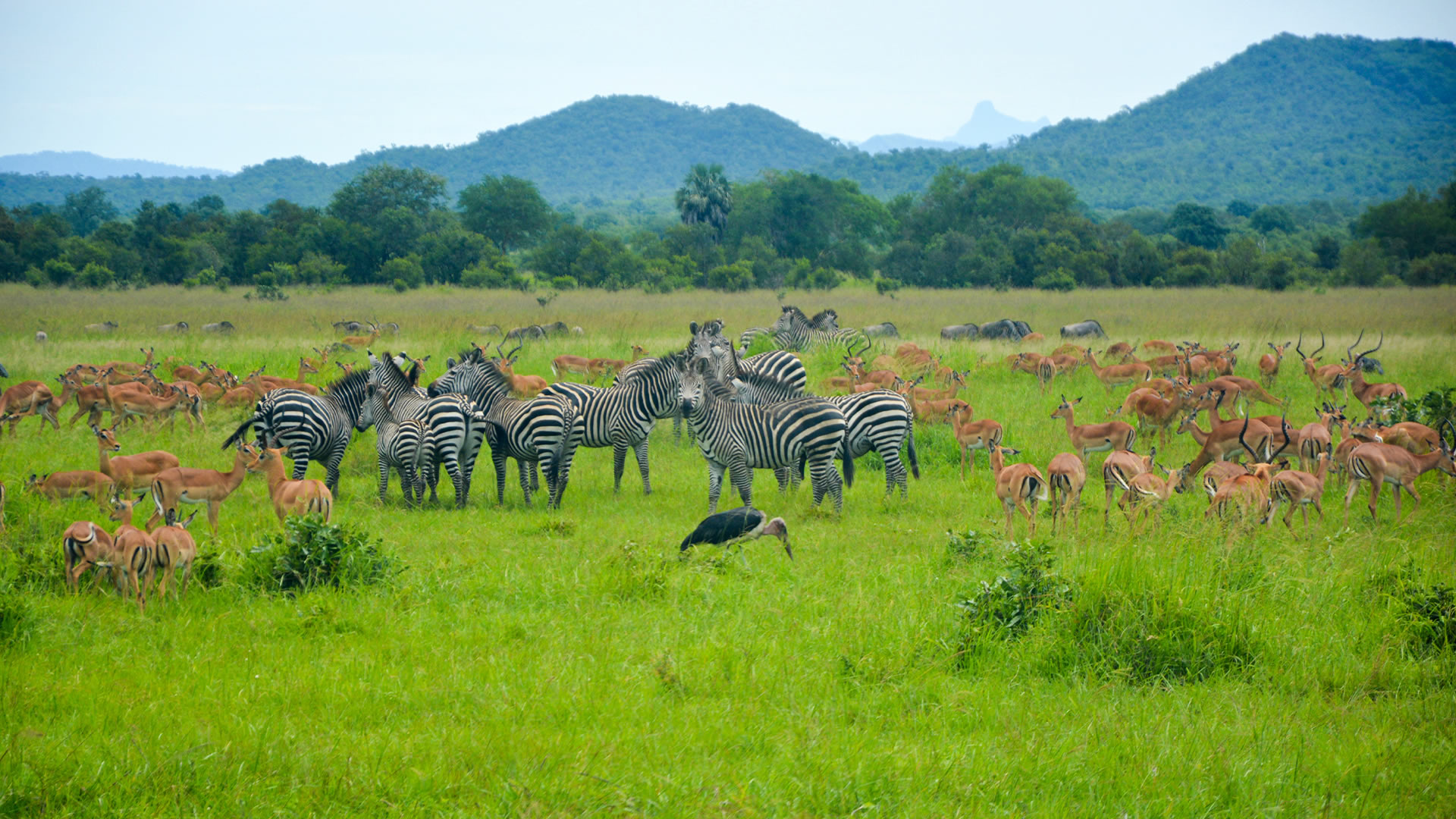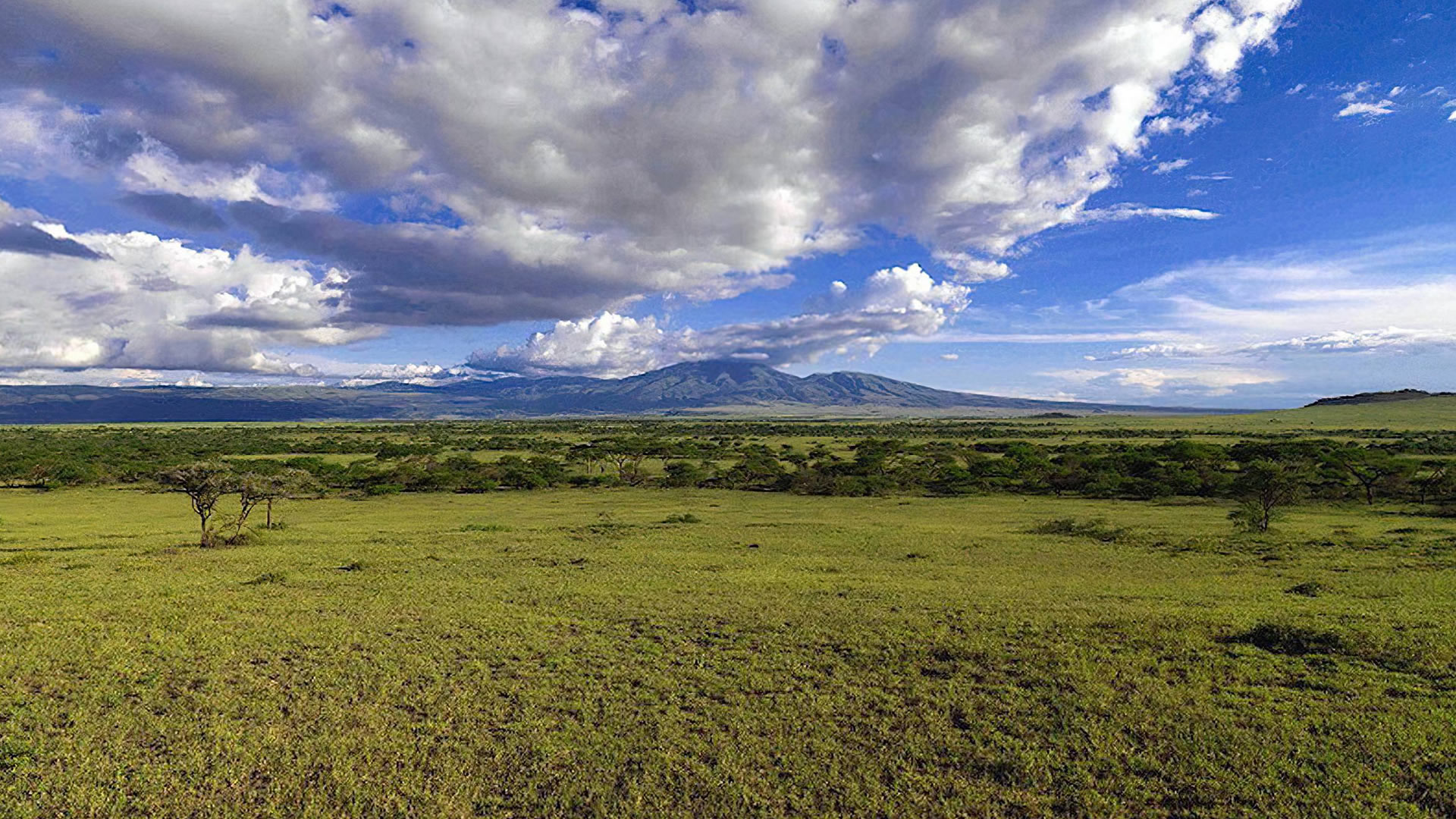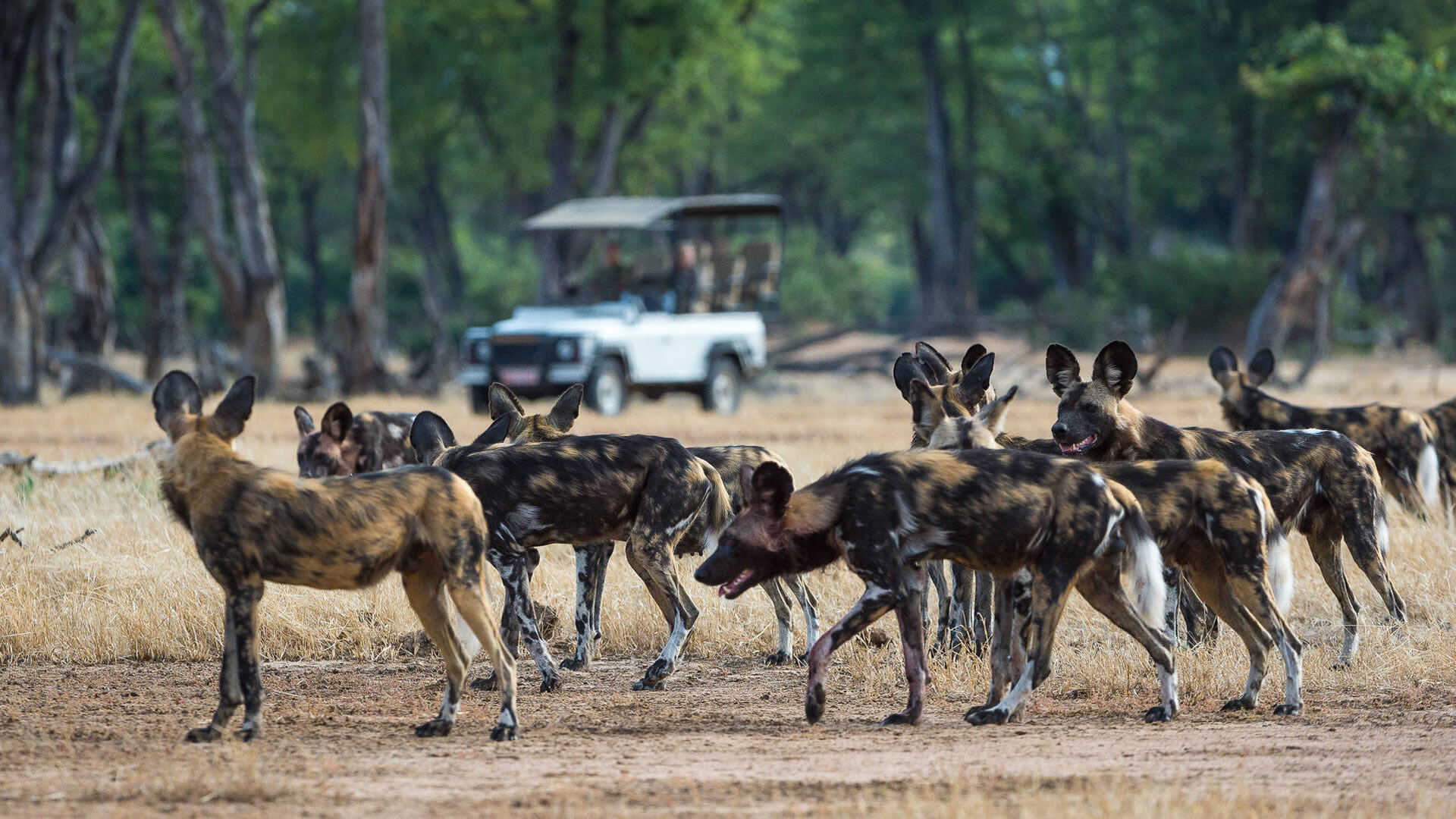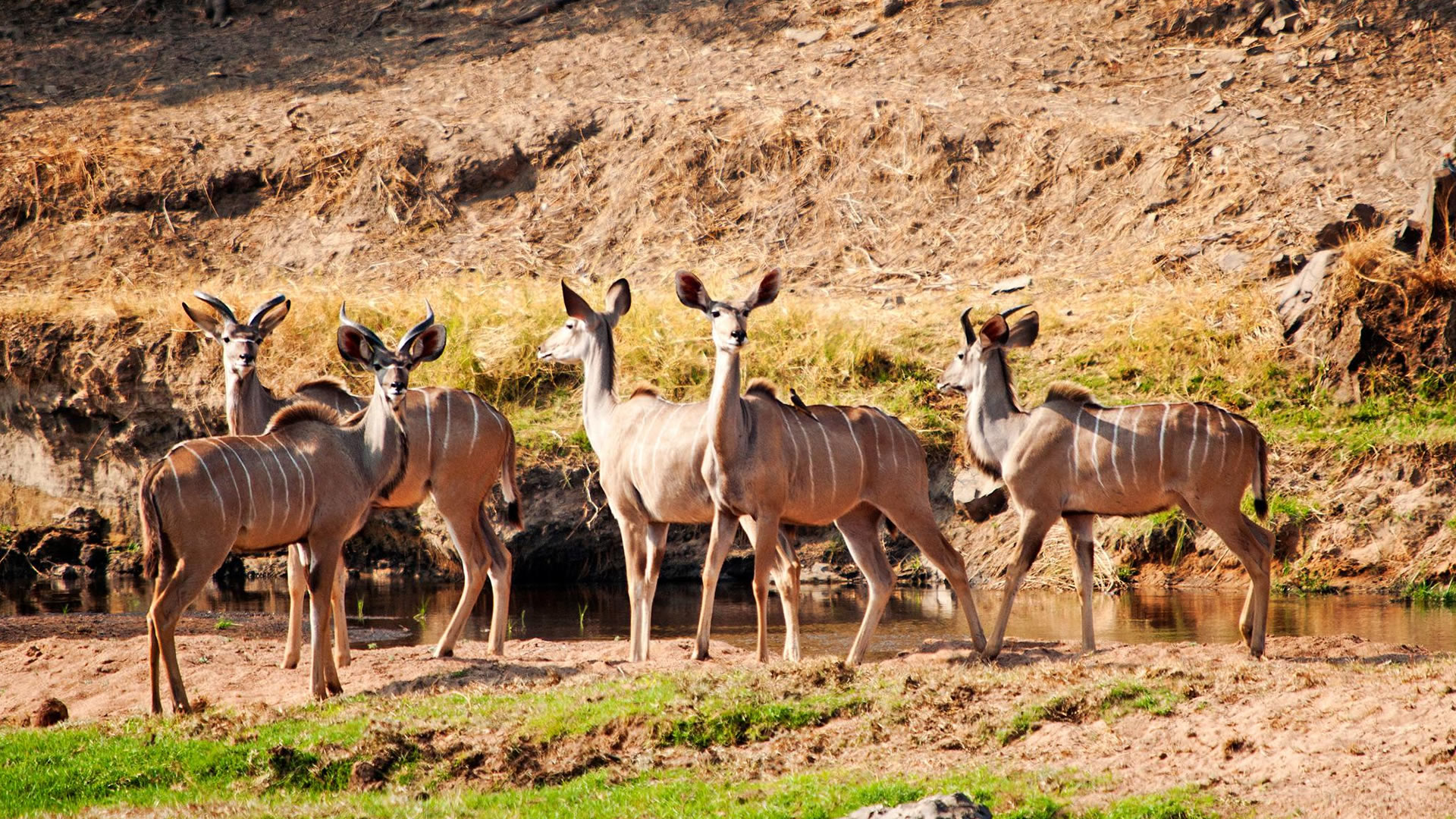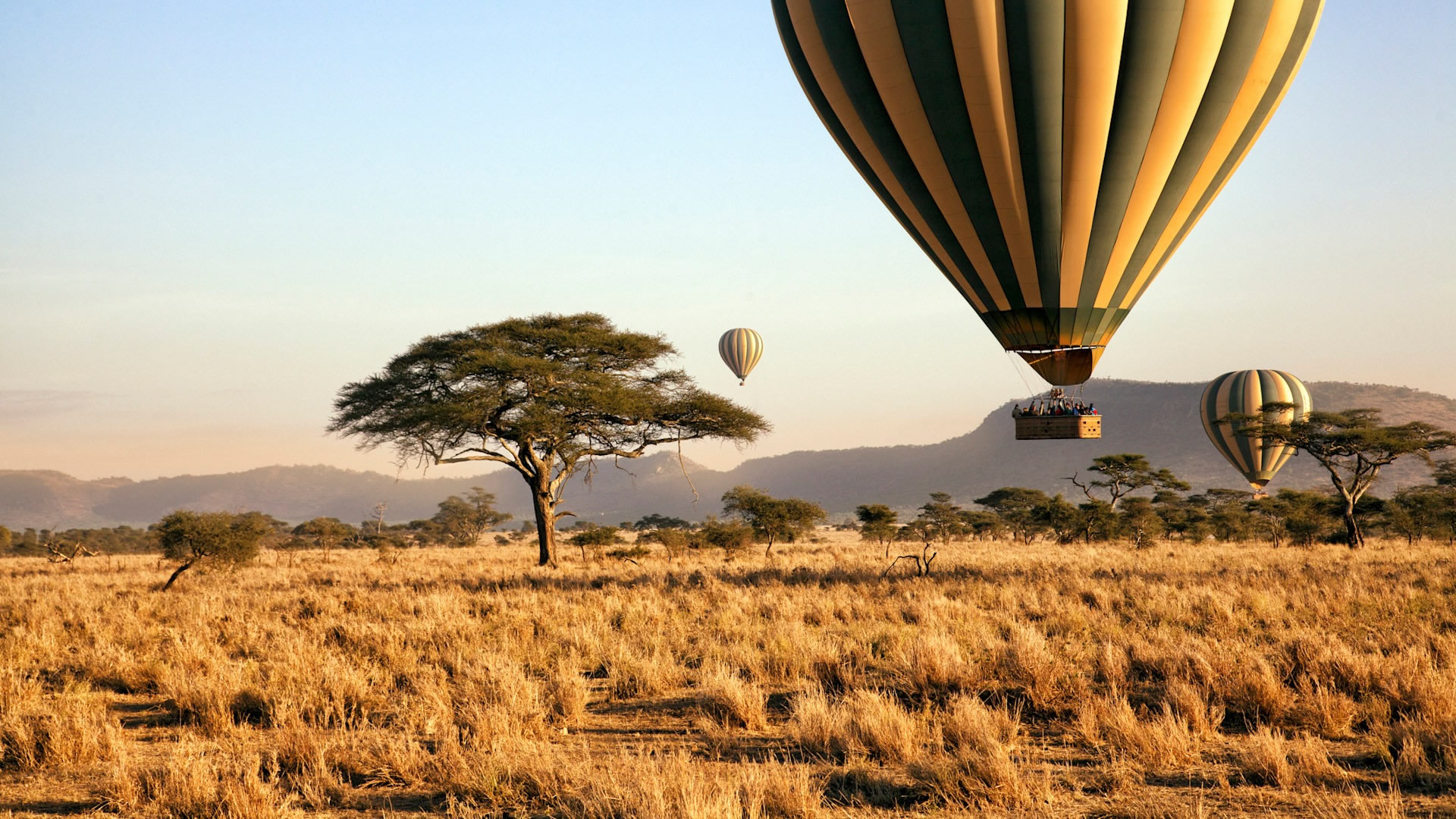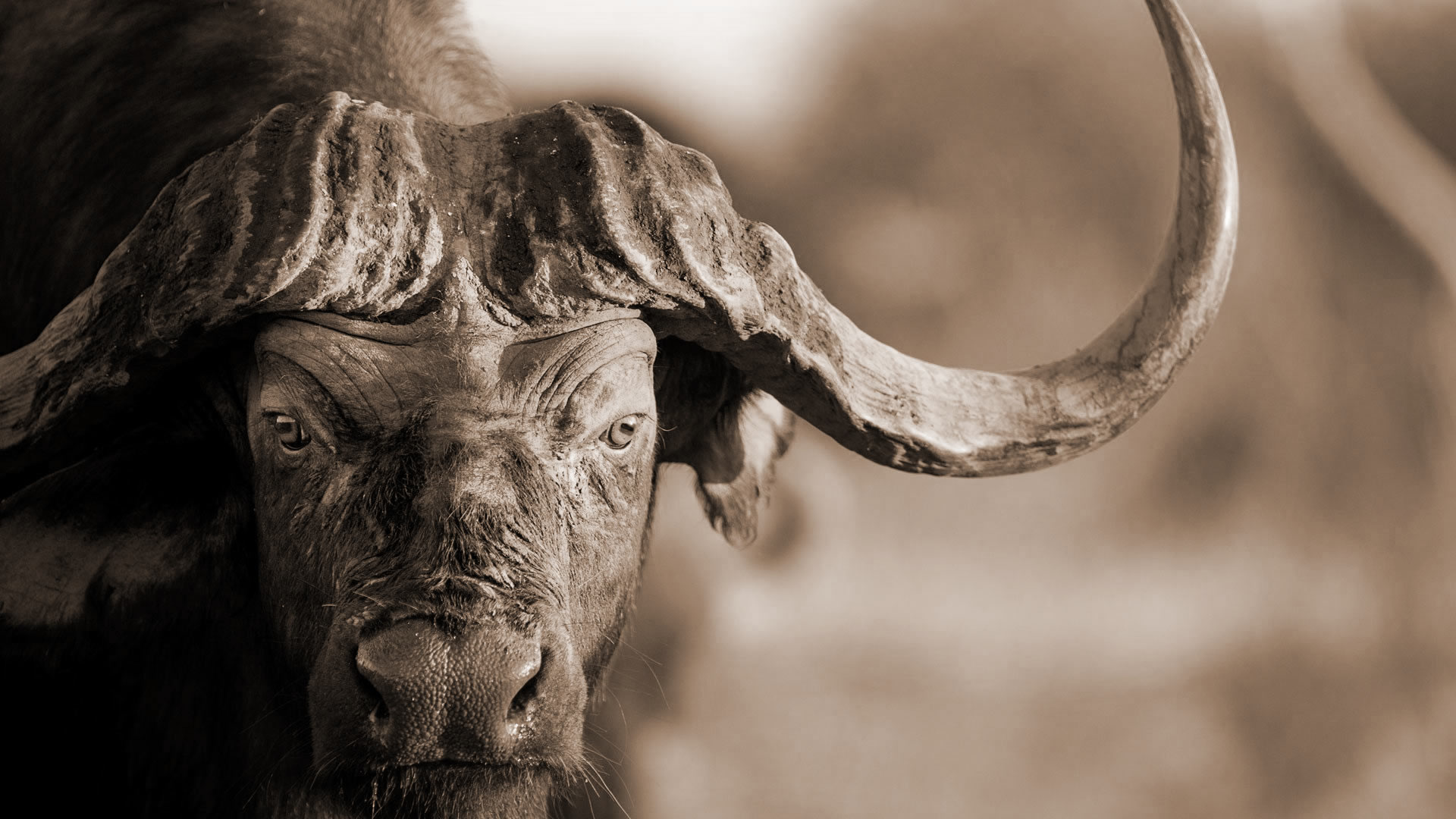
Katavi National Park (Selous Game Reserve)
“Discover The Untouched Wilderness"
Katavi National Park covers an area of 1,726 square miles (4,471km) in the remote western part of Tanzania, about 40km south of Mpanda town. According to the locals, the park derives its name from the Wabene Spirit “Katabi”, who lives in a tamarind tree near Lake Katavi. The park encompasses the Katuma River, the seasonal Lake Katavi and Lake Chada flood plains. Katavi National Park remains an authentic and remote wilderness compared to other parks in Tanzania due to its location. It is also a perfect safari destination for anyone seeking peace and tranquillity away from the crowds. Several attractions draw tourists to the park. The park has a plethora of wildlife, including large herds of elephants and buffaloes. Katavi National Park has the largest concentrations of hippos and crocodiles and offers one of the most sensational hippo sightings compared to other parks in Tanzania. Katsunga Plain is one of the best places to see huge numbers of crocodiles and hippos; during the dry season, hundreds of hippos gather around waterholes and sleep their days off in groups. The park is also a paradise for birdwatching activities, hosting over 400 bird species. Katavi National Park is a remote and top destination for those seeking luxury and exclusive safaris.
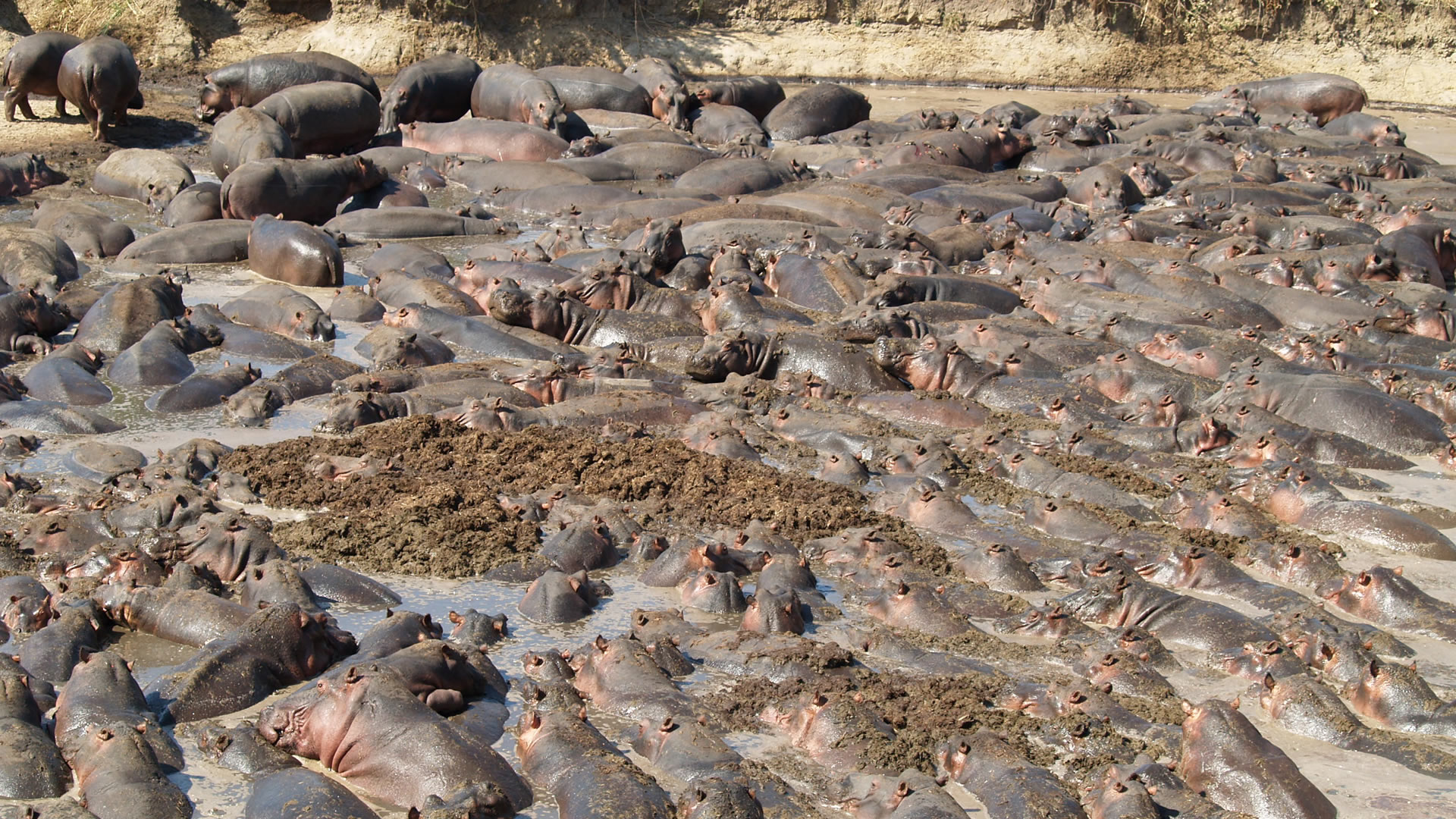
The Katavi National Park Highlight:
Hippos - Katavi has the largest concentrations of hippos and crocodiles and offers one of the most sensational hippo sightings compared to other parks in Tanzania.
Experience the Katavi National Park
Katavi National Park is pure wilderness. Few parks anywhere in Africa offer such a tantalizing combination of breathtaking wildlife viewing, a remote setting and low visitor numbers. Four of the Big Five are present, with lion, buffalo and elephant all being very common. Leopard sightings are more hit-and-miss. The waterways of Katavi host impressive concentrations of hippo, crocodile and aquatic birds.
The habitat is mainly grassland savannah and miombo woodland in the east of the park. After the rains, the dusty floodplains typical of the Dry season are transformed into lush marshes and shallow lakes.
Best time to visit: Katavi National Park
Wildlife Experience
Katavi National Park is a haven for scores of wildlife, including big and small animals. The park has large herds of elephants, giraffes, buffaloes, topis, elands, waterbucks, hippos, crocodiles and lions. You might occasionally spot (leopards, cheetahs, hyenas, wild dogs and Zebra. There are plenty of lions in Katavi; spotting some while on a game drive is possible; however, there are no rhinos in the park. Katsunga Plain is one of the best places to see vast concentrations of floats of crocodiles and schools of hippos on the banks of the Katuma River. During the dry season, you will see stacks of hippos in the mudholes. Primate species include baboons and monkeys. The park is also home to the rare roan and sable antelope species.
Birdlife
Katavi National Park has magnificent birdlife, and over 400 species of birds are recorded in the park. Katavi is considered a top destination in Tanzania for birdwatching activities and a home to the rare Eleonora’s Falcon, found during the months of December and January.Other species of birds include bee-eaters, raptors, hornbills, Egyptian goose,Red -billed Teal, African black duck, helmeted guinea fowl, scaly francolin, little grebe, Namaqua dove, yellow- throated sandgrouse, fiery -necked nightjar, alpine swift , Jacobine cuckoo, black crake , white bellied bustard , Great Egret, European night-jar ,Hadada ibis, Bateuler , lizard buzzard scarce swift, Livingstone’s Turacogrey go away bird among others.
Best time to visit
Katavi National Park is an all-year-round park that one can visit anytime due to various attractions. However, the best times to visit Katavi National Park for magnificent wildlife viewing are from June to October, when the dry season offers the most outstanding overall concentration of wildlife. For avid bird watchers, the best times to visit the park are during the rainy seasons of November to April.
Getting There?
By Air: Katavi National Park is located on the remote side of the western safari circuit. The most convenient means of reaching the park is a scheduled or chartered flight from Arusha, Dar es Salaam, and Mwanza to Sitalike and Ikuu airstrips in the park or Mpanda town. The flight takes about 4-6 hours using commercial flights operated by Safari Air Link and Zantas Air and Coastal Aviation Chartered flights.
There are only two scheduled flights to Katavi from Arusha, which operate twice a week, on Mondays and Thursdays. If you are touring other parks, connecting flights are available from Serengeti, Lake Manyara, and Ruaha. We recommend you book an all-inclusive three or 4-fly-in safari package from Arusha or Dar es Salaam. The flight to Katavi continues to Mahale Mountains National Park. The two parks are usually visited together as a package safari for 7 nights.
By Road: Driving is not recommended for Katavi. The road journey is long and tiresome from Dar es Salaam via Mbeya covering (1,513km) and Dar es Salaam via Tabora (1,392km) or Mwanza via Tabora-Inyonga (741km) and Arusha via Tabora (1015.7km). The drive from Arusha takes approximately 22 hours and is a 2-3 day journey.
Railway: One can take a train from Dar es Salaam via Tabora to Mpanda and catch public transport to Sitalike, where camps or lodges will arrange road transfers and game drives.


